By Anagha Madhan
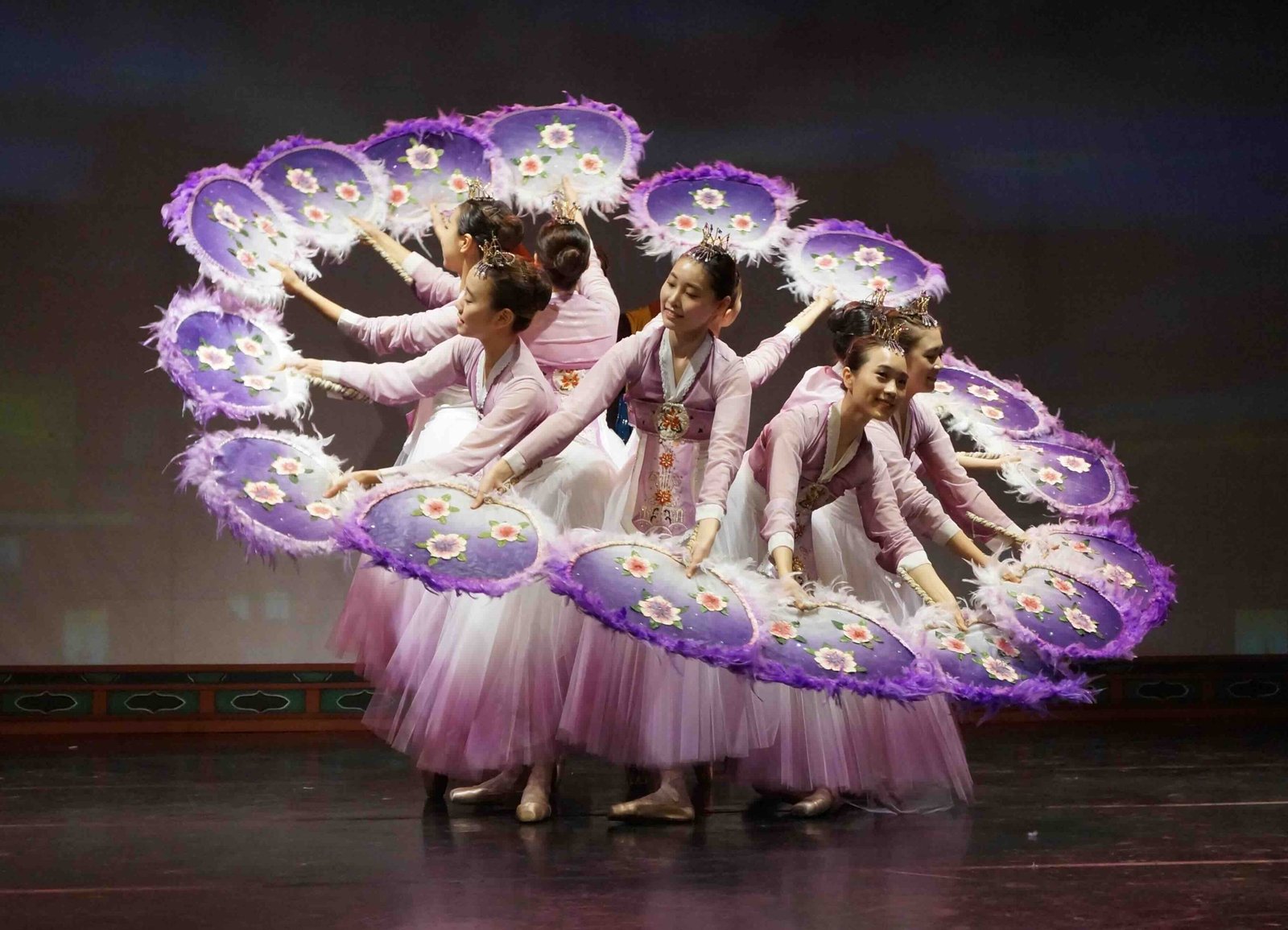
My Love Chunhyang – Universal Ballet, South Korea
Ballet’s universal appeal is taking root in India, but can it truly belong? Forget the borders – because, spoiler alert: it already does. Let’s explore why this ‘Western-only’ label no longer applies to ballet.
Incepted in the royal courts of Italy and later refined on the grand stages of France, ballet’s origins are steeped in European aristocracy and privilege. This has led to a widespread misconception, particularly in countries like India, that ballet may not be suitable for Indians, either due to cultural differences or physical attributes. Viewing ballet as an elitist or foreign practice, exclusive to Western countries, is not uncommon, leading to the conclusion that it is simply not compatible with Indian traditions or body types. This, without doubt, limits opportunities for Indians or other people of colour who may have a genuine interest in ballet to feel that it isn’t for “people like us.” Or worse, to never have the opportunity to explore the artform at all.
A Universal Art Form: Ballet Going Global
This is far from the truth. Ballet, like many other dance forms, has transcended its geographic and cultural origins to become a global phenomenon. Ballet speaks to audiences and dancers from vastly different cultural backgrounds and is also a staple in many training regimes in other fields.
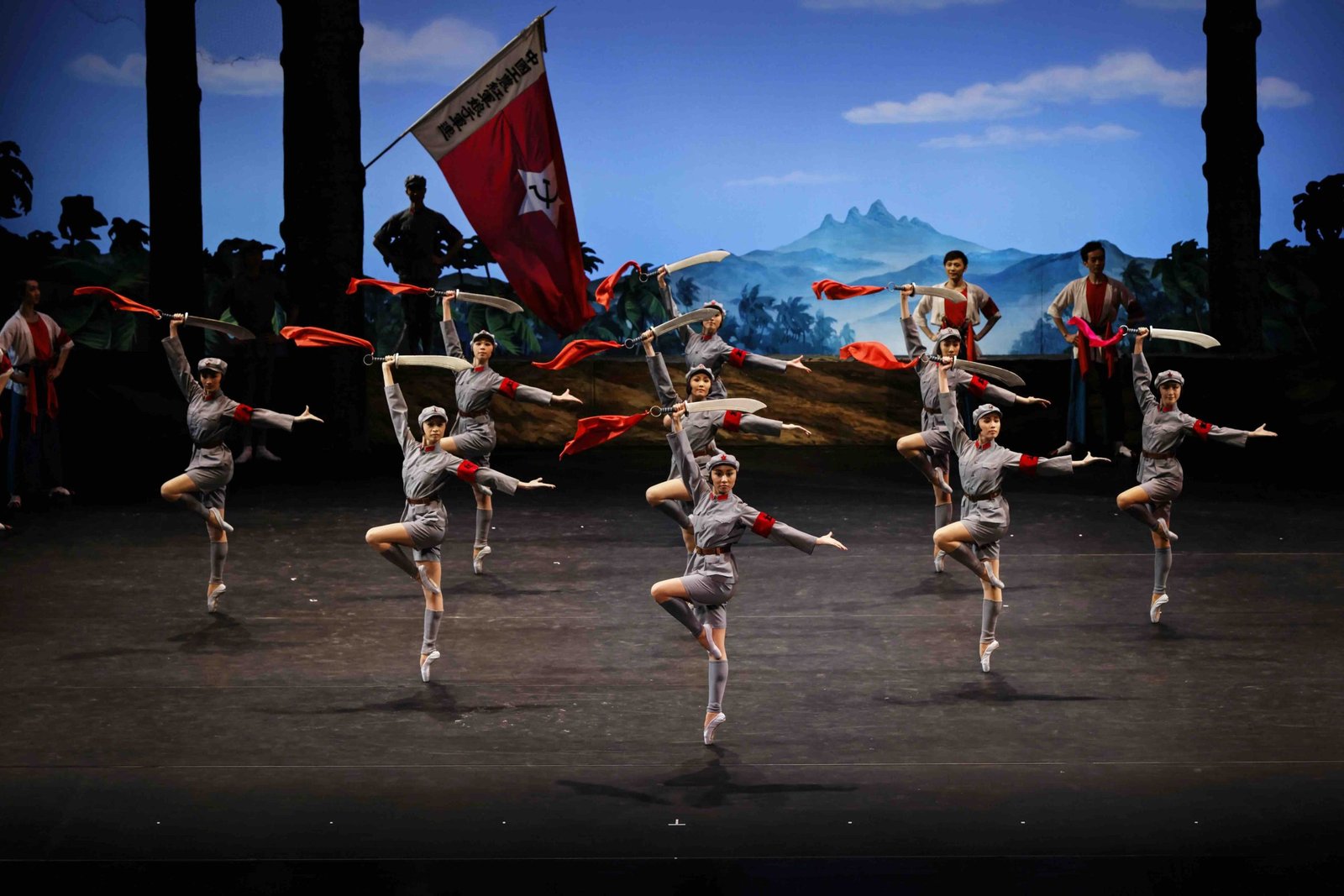
The Red Detachment of Women – Limelight Magazine
In Asia, for example, ballet has flourished in countries like Japan, China, and South Korea, where world-class ballet companies thrive. The National Ballet of China, Tokyo Ballet, and Universal Ballet (South Korea) are some premier institutions where Asian dancers have not only embraced ballet but mastered it in a way that reflects their own cultural narratives. An example of this is The National Ballet of China’s production, The Red Detachment of Women. This ballet blends traditional Western technique with elements of Chinese history, culture, and political narratives. Set against the tumultuous backdrop of the Chinese revolution, the ballet tells an unmistakably Chinese story, using classical ballet enlivened with symbolic gestures, storytelling, and costumes that represent a distinctly Chinese heritage.
Another example is the collaboration of Tokyo Ballet with Japanese choreographers who have masterfully merged classical ballet with Japanese traditions, such as themes from folklore. This fusion has led to performances that capture the technique of ballet while also introducing Japanese cultural aesthetics. With the aim of blending the grace and harmony of Asian culture with the strength and beauty of western ballet, the Universal Ballet in South Korea is also an example of the world adopting and adapting ballet into their own culture and traditions. Companies like these have garnered high praises for combining the folklore of the region with classical ballet, viewing ballet as a medium of storytelling, as opposed to just a form of dance. Some examples include The Love of Chunhyang, and the musical Shim Chung.
Outside of Asia, in Latin America, ballet’s integration is distinctly visible in Cuba. The Cuban National Ballet, founded by Alicia Alonso, has produced a wealth of talent that has cemented Cuba as a ballet powerhouse. The country’s ballet is led by icons such as Carlos Acosta, the first black principal dancer at The Royal Ballet, who have created a fabulous blend of western ballet and local technical prowess. Having founded Acosta-Danza, Acosta underscores a fusion of Cuban culture with Western ballet with performances that blend the traditional ballet technique with Afro-Cuban rhythms. With productions such as Nutcracker in Havana, where Clara gets ready to celebrate Christmas in Havana, the ballet is enriched by Cuban traditions woven throughout the classic tale. Without a doubt, Cuba is a distinct proof of ballet being adapted and absolutely embraced in a region that is better known for its vibrant, vivacious dance forms such as salsa and rumba.
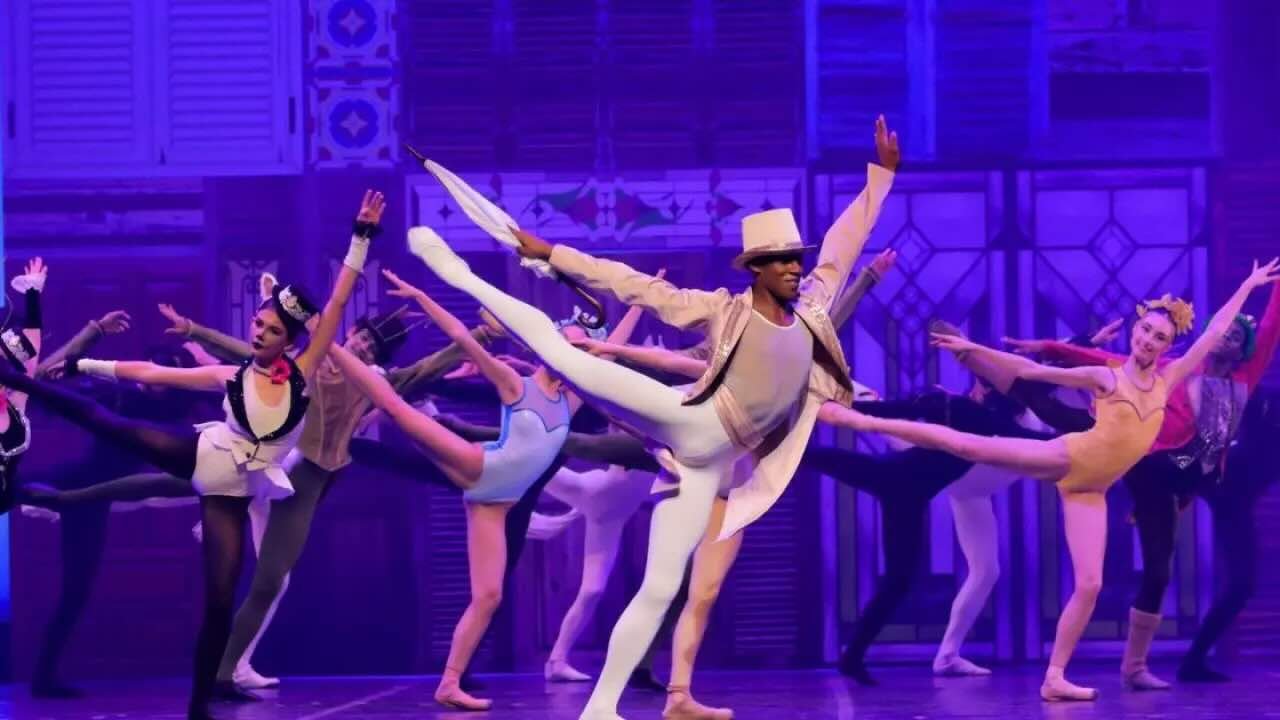
Joineville Dance Festival – Alceu Bett
In Brazil and Argentina, ballet has flourished through both local companies and renowned dance festivals like the Joinville Dance Festival, where one can see the beauty that emerges when ballet is juxtaposed with elements of samba or capoeira, redefining ballet and celebrating the country’s dynamic cultural landscape.
In Africa, particularly South Africa and Nigeria, ballet is gaining momentum like no other. Ballet schools and companies, like the Joburg Ballet in South Africa, are beginning to establish themselves. The Joburg Ballet is known for its exceptional ability to blend ballet with African narratives and themes. Well loved productions such as Cinderella and Swan Lake are augmented with an African flair, creating a bridge between local audiences and ballet by integrating these cultural nuances. Nigerian ballet companies such as SPANS ballet are on the rise, emphasising performances that are just as much about cultural exchange as they are about dance.
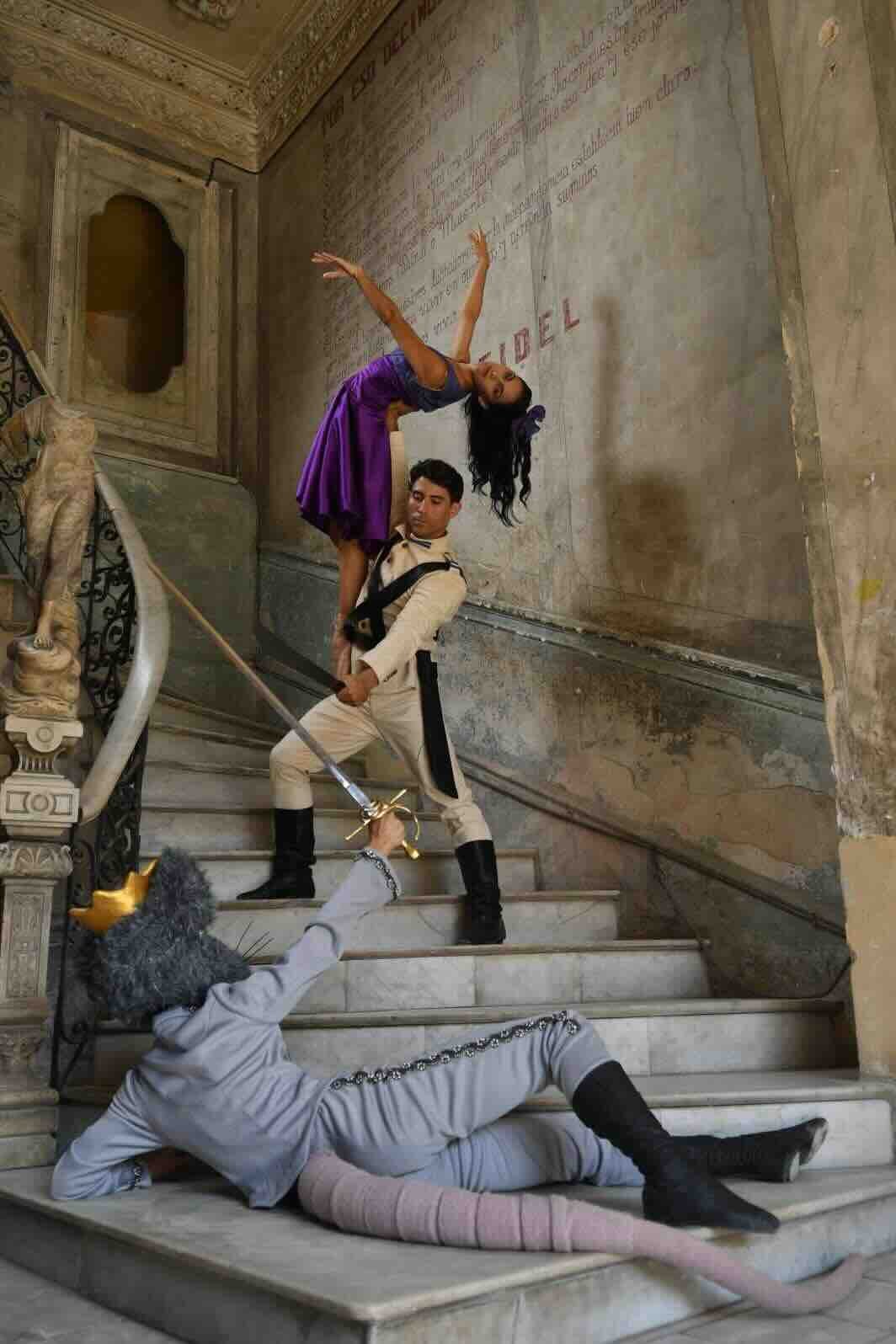
Nutcracker In Havana – Acosta Danza
Countries like Egypt and Lebanon in the Middle East are also seeing a rise in ballet schools and performances. In Egypt, the Cairo Opera Ballet Company leads the ballet movement steadfastly, with both traditional performances and local adaptations that blend Middle Eastern stories with classical ballet forms. For example, the company’s performance of Zorba and Giselle captivates local audiences, emphasising the adaptability of ballet in a local context, while maintaining its evergreen universal appeal. In Lebanon, schools such as the Caracalla Dance School nurture the next generation of dancers with local choreographers incorporating ballet technique into performances that weave in Middle Eastern folklore.
And What About India?
Even in India, ballet is gaining rapid momentum. Schools in cities like Bengaluru, Mumbai, Delhi, and Kolkata are actively fostering a generation of ballet dancers, proving that ballet resonates across cultures and continents. Ballet is a medium of storytelling, and its discipline and beauty inherently speak to the human experience, which, of course, is not limited by race or colour. Ballet allows anyone who wants to dance to express themselves with both structure and flair.
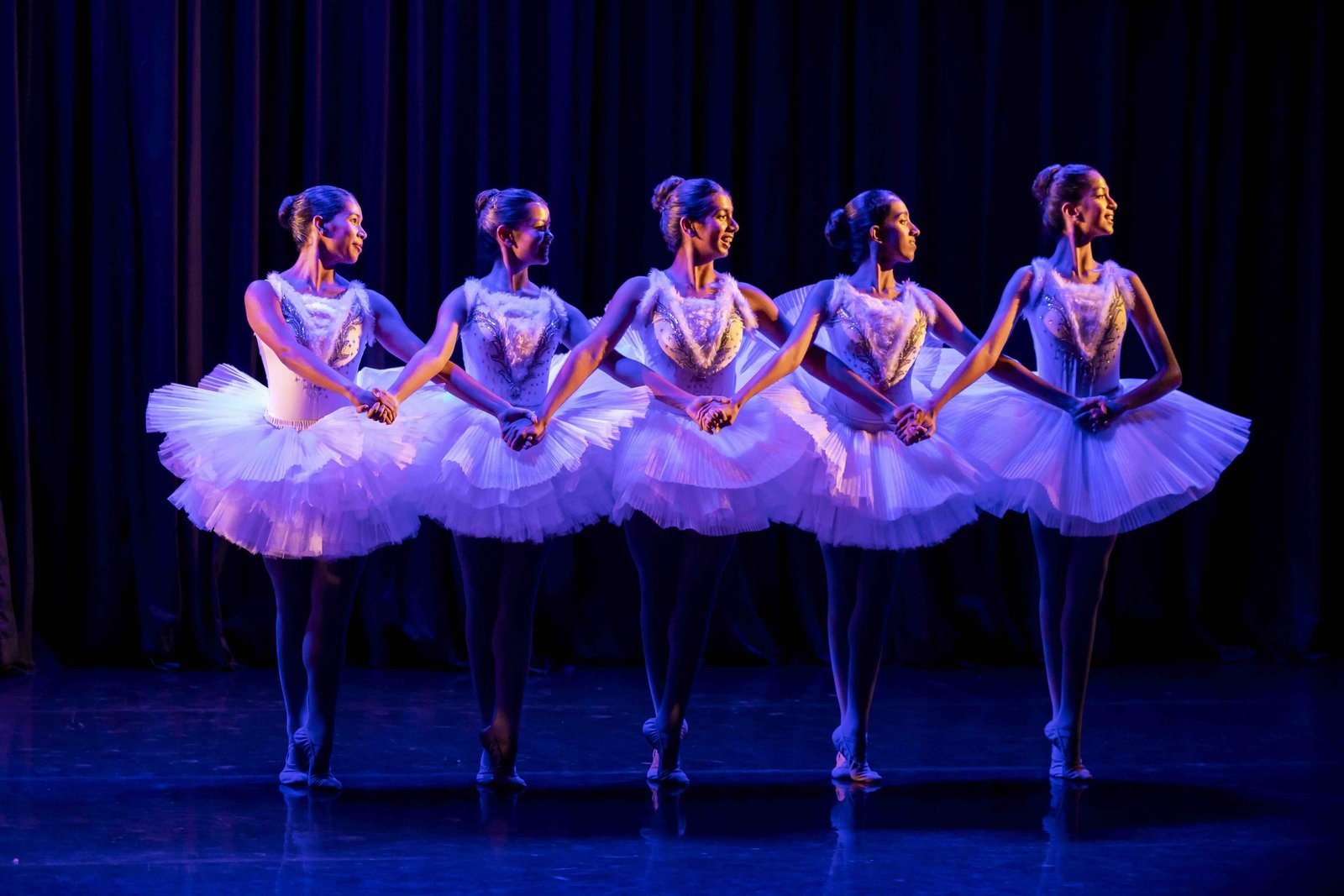
National Youth Ballet, Bangalore
This worldwide spread of ballet shows one simple truth: for ballet to adapt and evolve into unique blends with different cultures, all it takes is for people from those cultures to start dancing! As ballet works its way into the hearts of Indians, resonating with audiences, we can see the exciting growth in ballet schools across Indian cities. Along with this, we also see the rise in calls for ballet performances! For example, The Lewis Foundation of Classical Ballet’s youth ballet company—the National Youth Ballet—has performed at various events on multiple stages, such as those of the Bangalore International Centre and Ritz-Carlton. Such a trend shows the shift in perception in India, as more and more people recognize ballet as not solely a Western pursuit but a truly global art form that belongs to everyone. Along with TLFCB in Bangalore, many institutions like The Danceworx in Delhi and The School of Classical Ballet & Western Dance in Mumbai provide professional training and attract a range of students eager to discover and explore ballet.
Entrechat and Ethernet
The onset of the digital age has further catalysed this change. There is unprecedented access today to ballet schools through social media, online classes and masterclasses, and live performances. Global ballet icons are more accessible now than ever to young dancers everywhere, including in India, breaking down barriers that separated them from ballet. Such healthy exposure nurtures an appreciation for ballet and empowers all dancers to pursue their dance dreams.
This also works both ways; as India is influenced by ballet, ballet is also influenced by the rich beauty of traditional India. The fusion of classical Indian dance with ballet is creating brand new pathways that embrace cultural diversity. For example, Akram Khan’s Giselle showcases a mix of Kathak and ballet. Such up-and-coming innovative performances not only reflect the richness of India’s dance heritage but also make ballet more relatable and accessible on India’s stages.
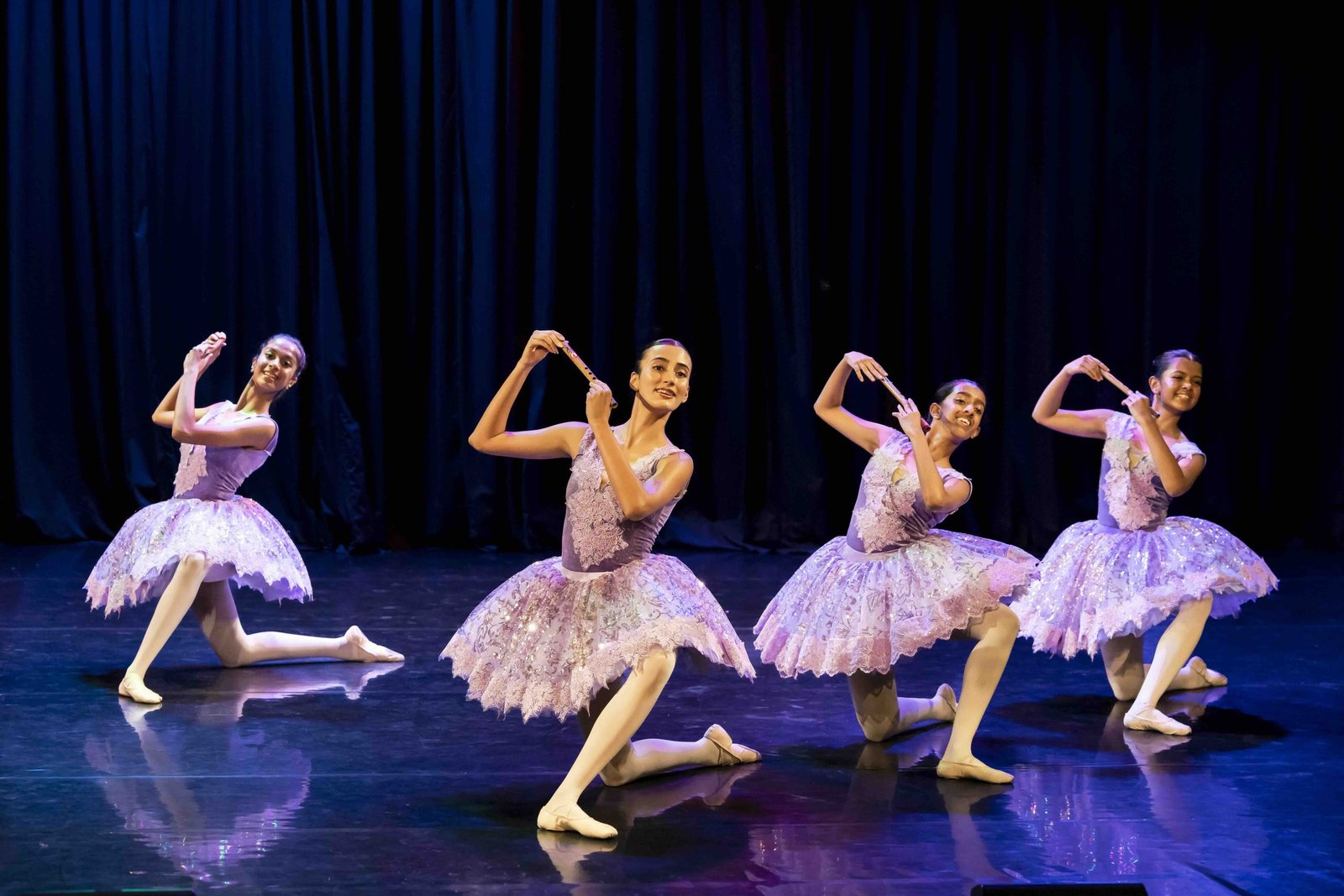
National Youth Ballet, Bangalore
Embracing Ballet: A Gift for Everyone
As ballet finds its place in India, it gives us an invaluable opportunity to explore this art form. It is hence essential to recognise once and for all that ballet is not confined to a specific culture, and can be embraced by everyone.
Ballet fosters not just physical skills, but life qualities like discipline and confidence, that are essential to all humans, regardless of cultural background! It teaches translatable values like hard work and dedication, and gives us a new way of expressing ourselves. None of these traits of ballet can be reduced to belonging to just one race or community of people.
As Indian dancers train in ballet, and go on to choreograph, cultural narratives are integrated into ballet. This gives us the opportunity to see our heritage reflected on stage in a different manner. Such fusions create different methods of storytelling that reflect uniquely with audiences. The younger generations get to see performers who look like them and tell stories from their culture – igniting a sense of belonging and a desire to express themselves in a manner true to themselves.
Ballet IS for you!
Ballet is not just for the select few; it is a celebration of movement that belongs to all of us. To anyone who believes they cannot dance ballet because they do not fit a certain mould—let the stories of Indian dancers inspire you and show you that there is no mould; there is only a desire to dance! With dedication and training, ballet is for everyone to master and enjoy. There are no limits, and anyone, including you, can step into this extraordinary art form and make it your own. Ballet is a global art form, a global means to tell stories, and is thus capable of resonating with all cultures. We can shatter any stereotypes and move steadfast in the journey to make ballet a vibrant, inclusive dance community!
As the ballet scene in India continues to evolve, it brings together diverse influences and stories, fostering a rich tapestry of expression that not only honours its origins but also embraces its global nature. The future of ballet in India looks bright, with opportunities for growth, collaboration, and the discovery of new narratives waiting to be explored. Embrace your passion, and let your journey into ballet begin!

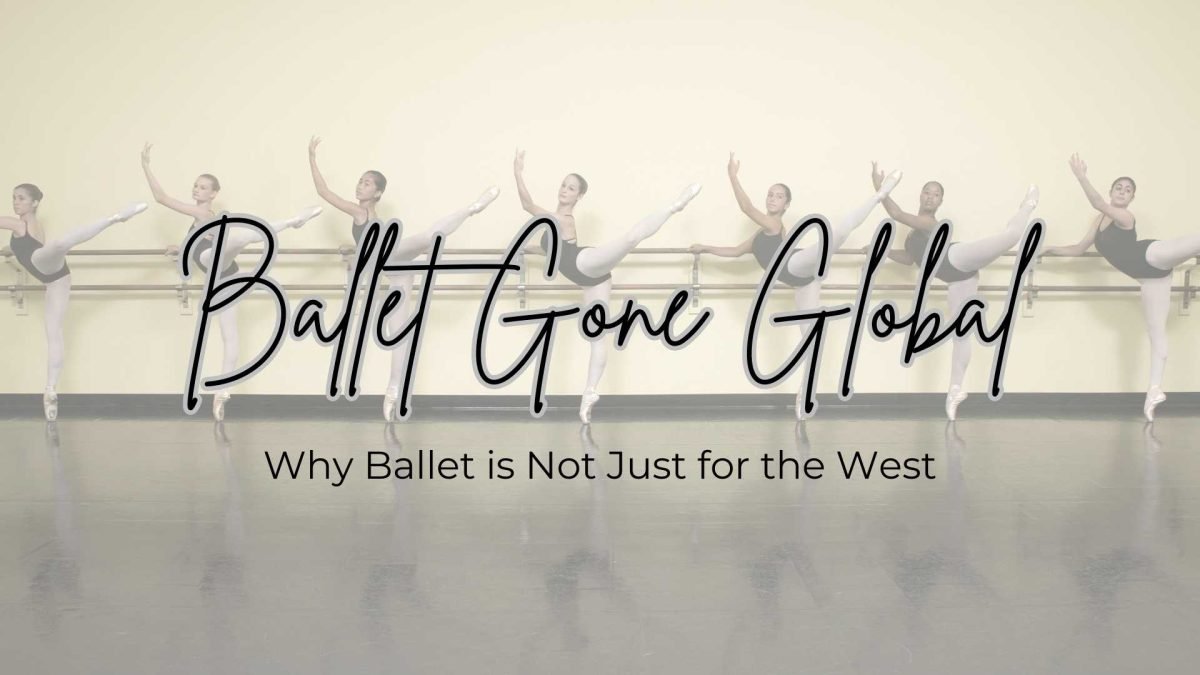






Leave a Reply